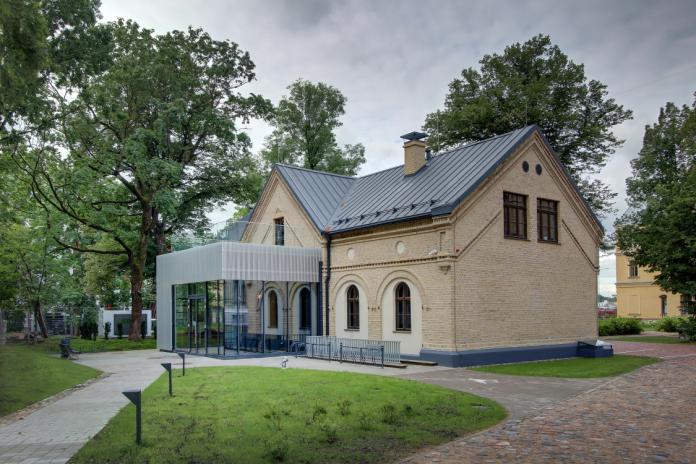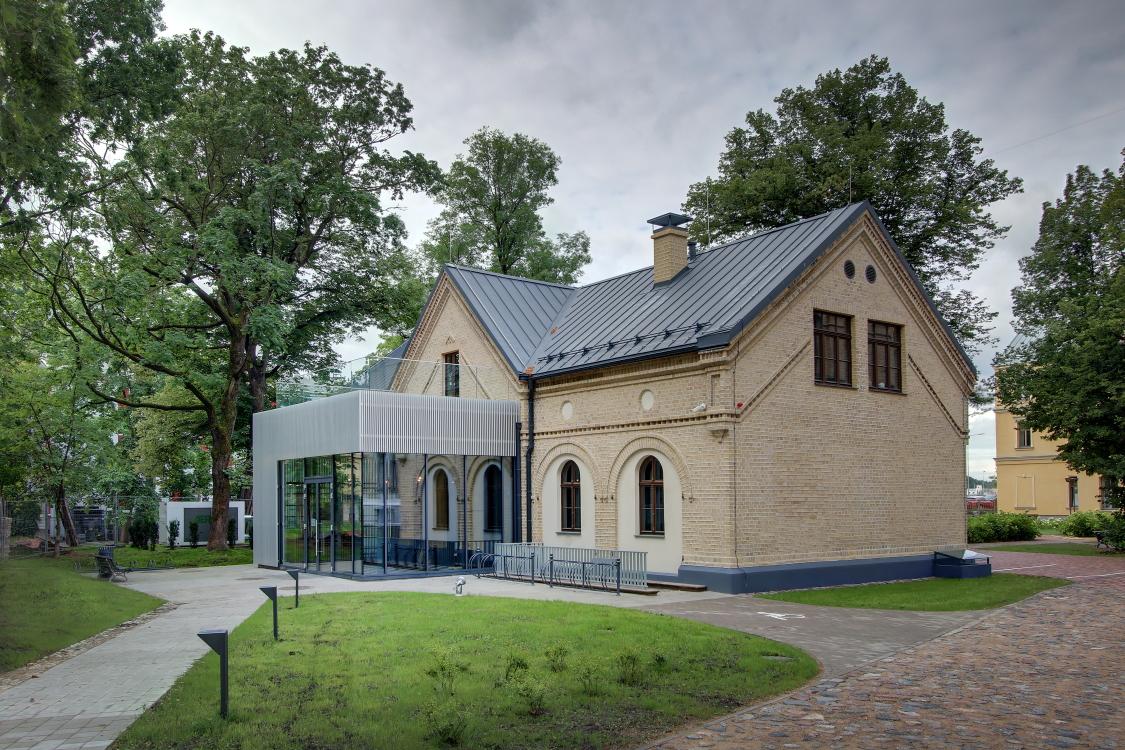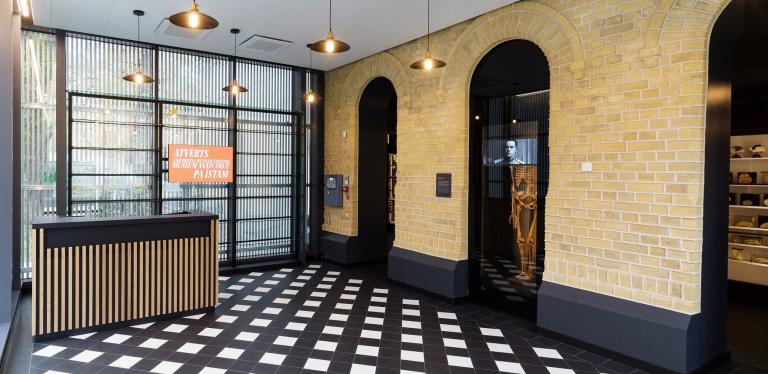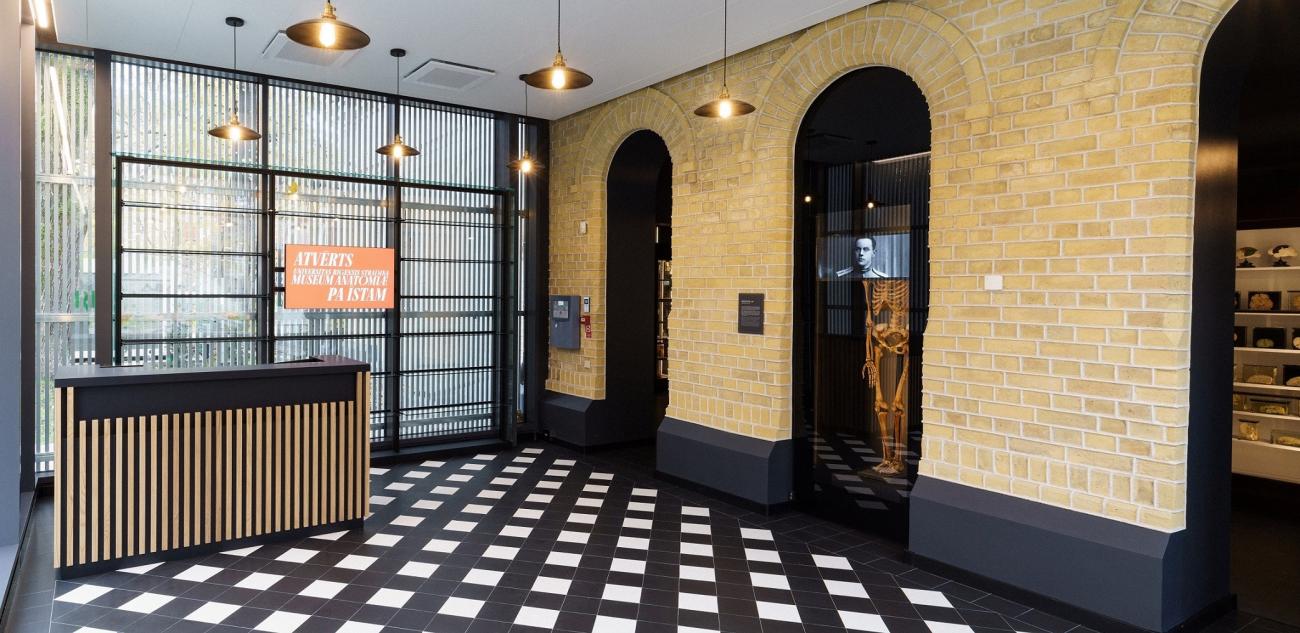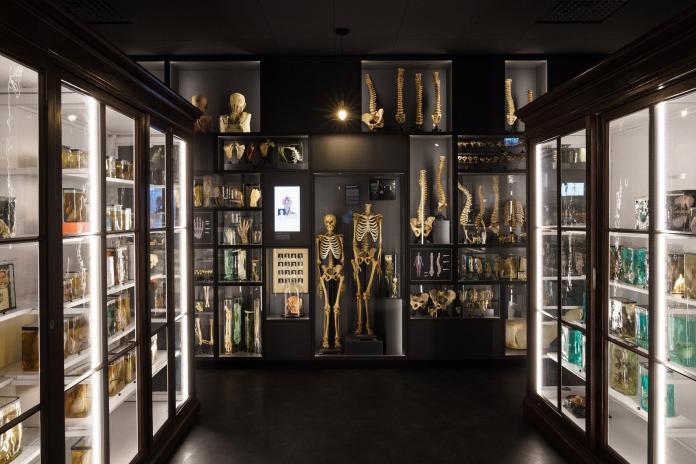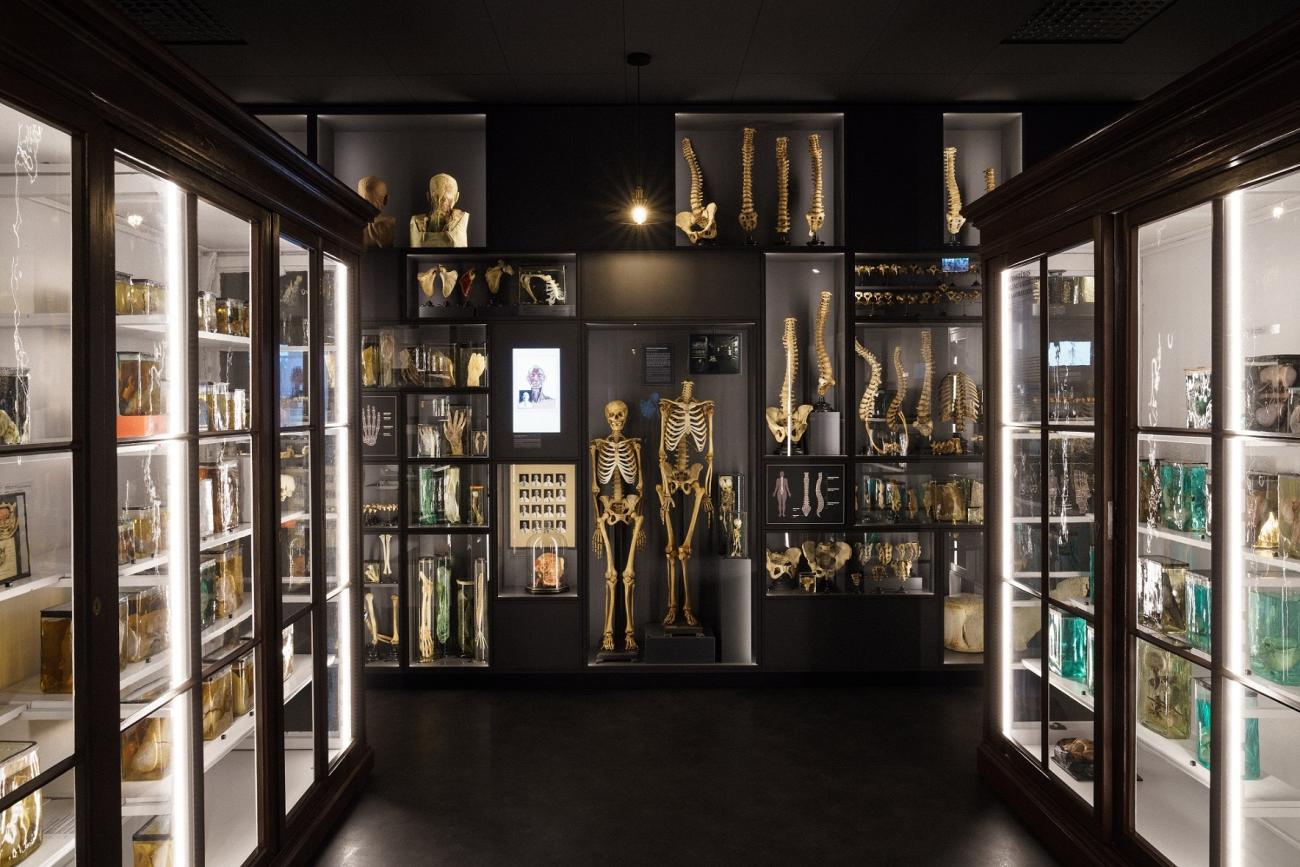Construction of RSU Anatomy Museum Completed
Rīga Stradiņš University (RSU) has completed the five-year long Anatomy Museum project; the idea for the museum came about in 2015. Construction has now been completed and the exposition has been set up.
In 2015, RSU initiated the restoration of the historical stables of the Anatomical Theatre in order to set up an Anatomy Museum. The layout was designed in 2016 by architect Arvīds Līkops.
The construction project was developed and carried out by SIA Delta Construction and the architecture company Nams between 2016 and 2017. From 2018 to 2020, the building was reconstructed and adapted to the museum's needs. Construction was carried out by SIA Velve, and the building custodian was SIA Celtniecības Kvalitātes aģentūra.
The building was originally built in the 19th century and is located in the historical centre of Riga. Specific reconstruction requirements therefore had to be met. Over time, the building has served as a stable, training rooms and even a warehouse. Restructuring the relatively small building into a museum was a complex project – a basement had to be dug from within the building, the roof was reconstructed, and two new outbuildings were built. Today, the building meets all environmental requirements. There is a built-in elevator connecting the two floors with the basement. Originally the total area of the building was 408.7m2, but after reconstruction the total area is 618.3m2. The total costs of the construction come to 2.7 m euros and were covered by RSU's own funds.
RSU Rector Prof. Aigars Pētersons points out: “Rīga Stradiņš University is the leading health care and medical university in Latvia and the most popular university among international students in the Baltic States. The university's long-term development strategy involves modernising the study infrastructure and introducing state-of-the-art IT technologies into the study process.
RSU has renovated a historical building in the territory of the Anatomical Theatre, and a modern museum has been set up. The new RSU Anatomy Museum is an important long-term contribution to the development of medical education and science.”
“Reconstructing a historical building is both a pleasure and a challenge. It is a challenge because of the special requirements that have to be met. However, reconstructing a historical building is satisfying as it allows us to fulfil our main mission – to create something lasting.
In an era of fast news, cheap products and unremarkable buildings, each historical building that gains a new life, each great building that will be passed on to the next generations is worth the effort and the challenges,” says Kaspars Rokens, SIA Velve Chairman of the Board.
In 2020, an exhibition was set up in the newly renovated building. Ieva Lībiete and Ilze Sirmā are the curators of the exhibition and they are both RSU Anatomy Museum specialists. The exhibition was designed and set up by DD Studio, a company with a great deal of experience in the field of museums, and the work was carried out under the leadership of its Creative Director, artist Jānis Mitrēvics. The content of digital and interactive media created in collaboration with Anatomy Next.
“When designing the concept of the exhibition, we wanted to preserve the uniqueness of historical exhibits.
Our team aimed to create a contemporary and interesting story of the human anatomy and touch upon its timeless qualities as well as to use the solutions that various technical solutions can offer to create an appropriate environment,” Jānis Mitrēvics points out.
“Our common aim was to understand how this unique collection, which was designed in the first half of the 20th century for teaching purposes, could be useful and interesting for a museum visitor today. I think we succeeded. We are eager to find out if visitors agree. We are therefore looking forward to the moment when the epidemiological safety measures are lifted and we are allowed to open the Museum’s doors to visitors,” says Asst. Prof. Ieva Lībiete, Head of the RSU Anatomy Museum.
The RSU Anatomy Museum collection is a part of the National Museum Holdings. It consists of 6,000 different and unusual objects - preparations of both normal and pathological specimens of human anatomy, embryology- and teratology- (congenital anomaly) collections, comparative anatomy, as well as many anthropological specimens obtained in excavations and expeditions in the 1920s and 1930s. Most of the objects are on display at the new exhibition. The historical collection has been complemented by multimedia and interactive solutions, allowing RSU students and the general public to familiarise themselves with human organ systems and anatomy. The Museum’s exhibition will also serve as a place where medical students can study and conduct research, as well as for schoolchildren.
Related news
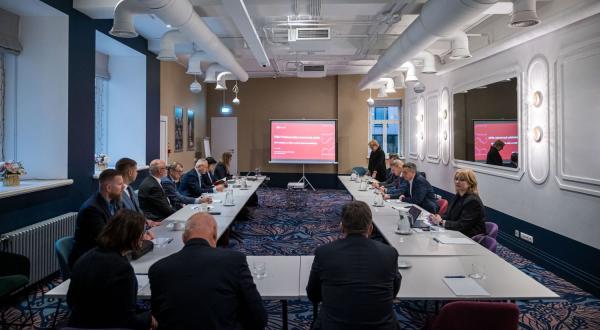 RSU Convent of Councillors commends progress made in consolidation and discusses development of sports infrastructure Consolidation, Development
RSU Convent of Councillors commends progress made in consolidation and discusses development of sports infrastructure Consolidation, Development